
The Guatemala countryside is beautiful and its people are warm. Surrounded by volcanoes, Lake Atitlan is one of the most beautiful places on earth. On this journey, we’ll travel to regions and communities in the Guatemala Highlands, home to the Maya people. Beginning in Guatemala City, we’ll visit the Ixchel Museum of Maya Textiles and Popol Vuh Museum of History, in order to get our grounding in the country we are about to visit. No-where is more colorful than the Chichicastenango market on Sundays. Here, we’ll see women selling “cortes”, wrap skirts in all colors and patterns of the famed Guatemalan “jaspe” or ikat. That said, we will visit the epicenter of Guatemalan jaspe, by traveling to Totonicapan and Salcaja, home to the Maya-Kiche people. On Lake Atitlan we’ll travel by boat to the communities of Santiago Atitlan, as well as San Juan La Laguna. In the afternoon, we’ll visit Santa Catarina Palopo, a lesser visited community on the shores of the Lake. No textile trip would be complete without visiting Solola, a community of extraordinary ikat, and where the men are still seen in “traje”. Our trip ends in Antigua, a UNESCO World Heritage town that has preserved its colonial flavor. Join us on this trip to explore the landscapes and living Maya culture of Guatemala!

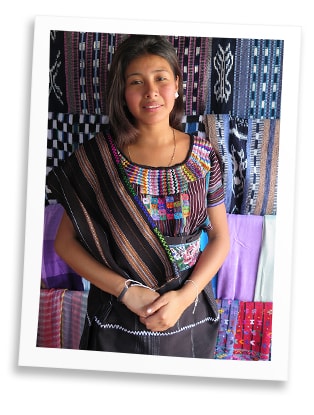
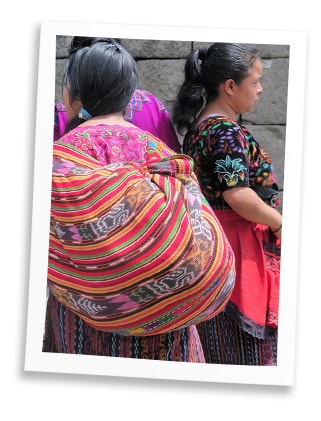
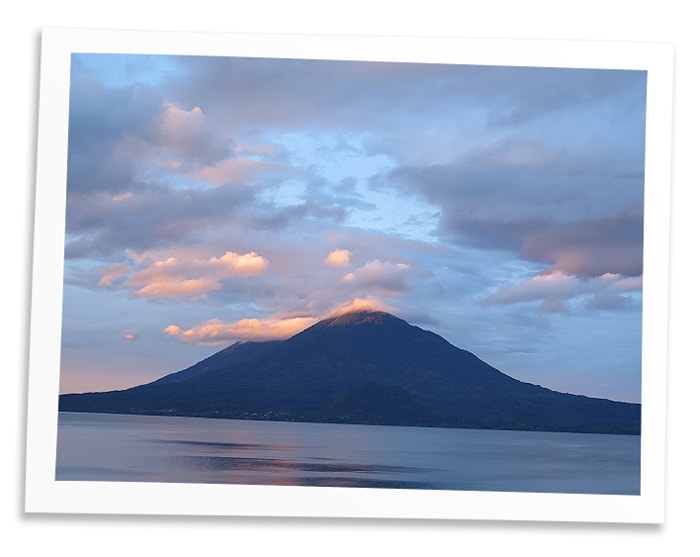
Day 1 – FRIDAY – Arrival to Guatemala City Airport. Meet and greet at Guatemala City Airport and transfer to hotel in Guatemala City’s finest district. Overnight in Guatemala City at the WESTIN Camino Real Hotel – www.hotelcaminoreal.com.gt Welcome dinner Cacao
Day 2 – SATURDAY – Guatemala City Museums. A good first morning in a Culture Oriented Guatemala Itinerary includes the visit to the Guatemala City Museums: Ixchel Museum of Maya Textiles and Popol Vuh Museum of History, both located in the same compound within Guatemala’s most important private university. After lunch in Guatemala City Historic Downtown, afternoon transfer to Tecpan, at 6,000 feet above sea level, in the heart land of the Maya Highlands. A useful word to know in any language: “Thank you” in most Mayan Languages is “Matiosh”. Today´s transfer from Guatemala City to Tecpan (60 miles / 2 hours) will go through beautiful landscape of Maya villages and their plantations of vegetables. Maya Peoples in Guatemala accounts for over two thirds of the country’s population and they are divided in 22 groups, each with its own language and costumes. Tecpan’s Maya People is the Cackchiquel, more than Half a Million Guatemalans are Maya-Cackchiquel. Overnight at San Ricardo Farm and Lodge – www.sanricardofarm-lodge.com.gt
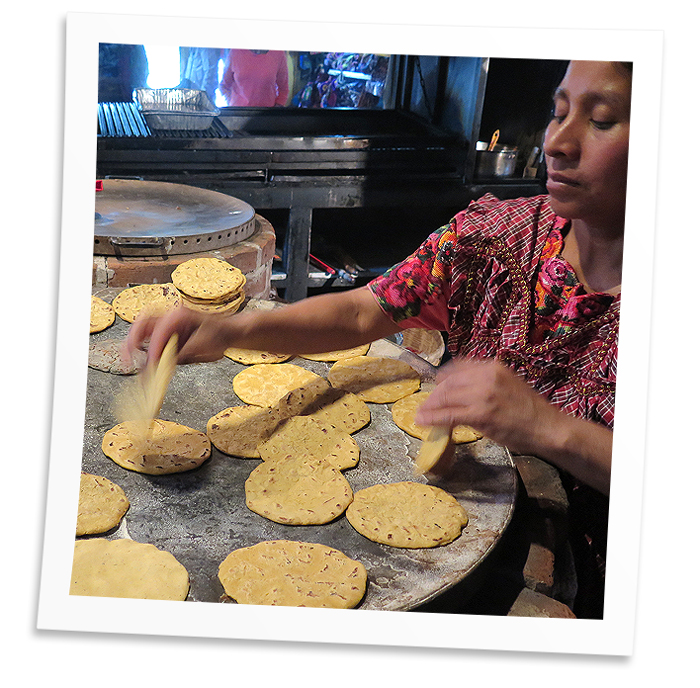
Day 3 – SUNDAY – Chichicastenango. It is a must for most visitors to Guatemala to visit Chichicastenango in one of its market days: Thursdays and Sundays. It is the largest and most colorful handicrafts market in The Americas and even though it is an area inhabited by the Maya Kiche Peoplke, here you will see people and products from all over the country. The Saint Tomas Roman-Catholic Church is a very good example of Guatemala´s religious syncretism. It was built on top of a pre-Columbian temple and it is still considered sacred for the Maya that come to the stairway in front to burn incense and pray to their ancient Gods. In the afternoon transfer to the area of another Maya People: The Ixil. Overnight in Nebaj´s village of Acul at Rural Lodge, Hacienda San Antonio. We’ll enjoy the foods from the region, including fresh corn tortillas and cheese!
Day 4 – MONDAY – Nebaj. In an extraordinary setting, waking up in a rural area like Acul, listening to the roosters and the village´s church bell is a great experience. After breakfast the town’s “Culture House” will take care of organizing a full day of sharing their way of life: back strap weaving of the area’s traditional patterns, local meal, music and traditions. The Maya Ixil People lives in Nebaj, Chajul and Cotzal. These 3 towns were called the “Ixil Triangle” during the Guatemala’s Civil War (1961-1996) and they were deeply hurt. Isolated by history and nature, they heartedly welcome visitors. Lunch will be in a home. In the afternoon, back to Acul’s Rural Lodge, Hacienda San Antonio.
Day 5 –TUESDAY – Totonicapan. Maya Peoples’ life still move around the “Market Days” in the most important towns. Today is the day of the Maya-Kiche People, One Million and a half Guatemalans are Maya-Kiche and with 100,000 inhabitants, Totonicapan is one of their largest towns and so is its market that takes place on Tuesdays and Saturdays. The market is very attractive and picturesque not only for its size but because it has not been “blessed” by tourism. The handicrafts that are there for sale are not meant to be for tourists! They are made for themselves because the Maya of today, still wears and uses handmade garments and utensils. Visiting Totonicapan includes going inside 2 homes. One will be the home of an artisan that works in clay ceramics. The other will be the home of a weaver that works using large “foot pedal looms” and at whose home lunch will be served. The day ends at Quetzaltenango. Guatemala’s second largest city.

Day 6 – WEDNESDAY – Salcaja and Momostenango. Most of the day will be spent between 8 and 9,000 feet above sea level. Taking a scenic route through the valleys of Almolonga and Zunil, with colorful vegetable orchards, visit to the village of Salcaja is very interesting. This is the town that specializes in Ikat (Jaspe) yarn knot-dyeing technique to make fabrics with extraordinary designs. As driving through town, stops will be made to see the ikat preparations that take place in the sidewalks or along the nearby river Banks. Another scenic drive through pine tree forest to visit Momostenango, the town that specializes in natural wool weavings. In the afternoon, drive to Lake Atitlan. The road reaches 10,000 feet above sea level. Overnight in Panajachel Town.
Day 7 – THURSDAY – Lake Atitlan. Today is a day dedicated to Lake Atitlan which is a “caldera” lake formed by an explosion of a volcano that geologists estimate happened 80,000 years ago. Yesterday, in geological time. It is almost circular, with 10 miles diameter, 1,000 feet deep and surrounded by 3 imposing volcanoes. A scenic boat ride to San Juan (its “full” name is San Juan La Laguna, or San Juan-by-the-lake) will bring you to visit the Maya Tzutuhil People and the visit will actively involve the local “Community Tourism Committee” whose organization we respect and support. Another boat ride, now to Santiago Atitlan, also Tzutujil People, with an interesting old church and a chapel that worships a local Maya deity. A very active day visiting artists of naife paintings and wood carvings, and weavers, natural dye workshop, organic coffee, hand woven textiles and hiking to a nearby watching point with stunning views of the lake. The Tzutuhil women embroider their tops with colorful birds and flowers and just watching them is an unforgettable pastime. The boat will bring you back to the hotel In Panajachel Town.
Day 8 – FRIDAY – Iximche and Xetonox. Leaving Lake Atitlan behind, the first stop is to visit Iximche Archaeological Site which was the Capital of the Cackchiquel Kingdom, built in 1470 and destroyed by the Spanish Conquistadores in 1524. It was never lost or forgotten like it happened with many sites in the rainforest and it is still a sacred place for the Cackchiquels. The second stop will be at Xetonox, a small village located nearby. Here a local family will be waiting for your visit, will gladly show their way of life, their crops and their weavings. Lunch will be served at their home. Visiting the village’s Grade School is a good way to learn more about the local life. The day ends in Antigua. Both Lake Atitlan and Antigua are located at 5,000 feet above sea level. Overnight in Antigua.
Day 9 – SATURDAY – Antigua. Is a UNESCO World Heritage Site and considered one of the best examples of how was life during the Spanish Colonial Days. Built in 1542 and destroyed by an earthquake in 1773, Antigua´s name was Guatemala City and was for over 2 Centuries the Capital of Central America, including what is today the State of Chiapas in Mexico and the countries of Guatemala, Belize, Honduras, El Salvador, Nicaragua and Costa Rica, and during that time, the third largest city in The Americas, after Lima, Peru and Mexico City. The tour will take you through the city best Palaces, Churches, Convents, Monasteries and Plazas, in a picturesque walk in cobbled stones and with sights of the nearby volcanoes. Its perfect spring-like weather all year round, has made of Antigua an attractive city of residence for artists and writers. Among them, Antoine de Saint Exupery, who wrote “The Little Prince” and Gore Vidal. The afternoon is free to enjoy the city at your own pace and your guide will advise on how to make a good use of it. Overnight in Antigua.
Day 10 – SUNDAY – Departure. Transfer to Guatemala City Airport on time to take flight back home.
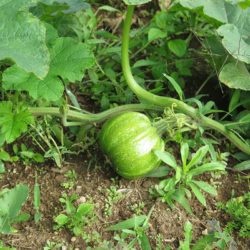
calabaza
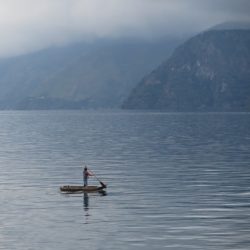
canoe
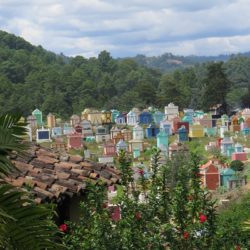
cementery
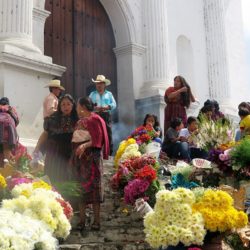
church
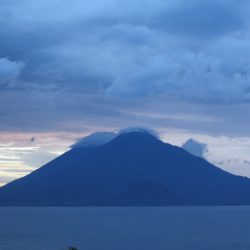
clouds
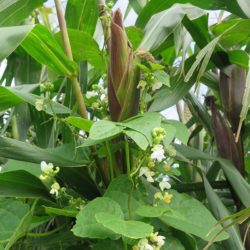
corn
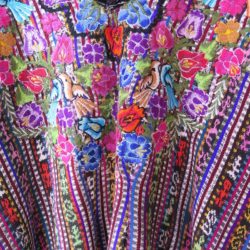
detail
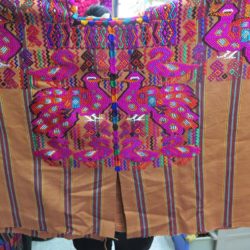
details-birds
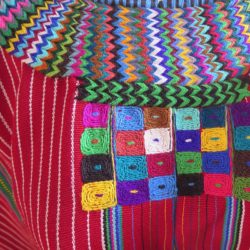
details
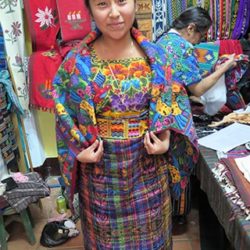
girl
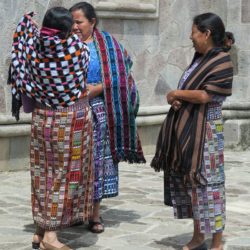
ladies
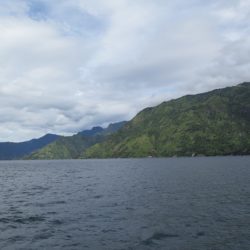
lake-mountain
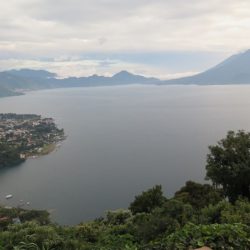
lake
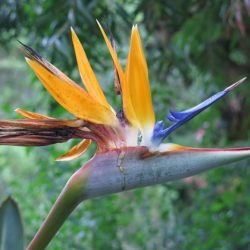
lower
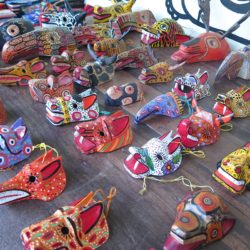
masks
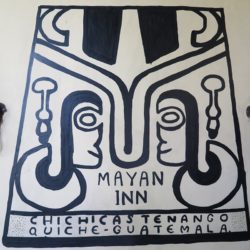
mayan-in
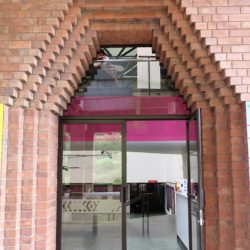
museo
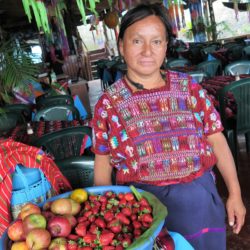
saler
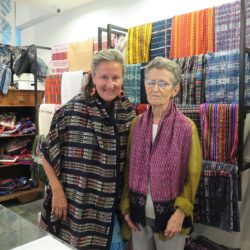
stephanie
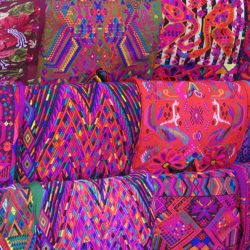
textiles
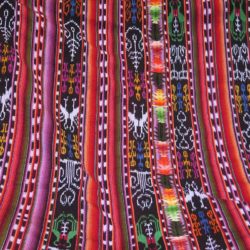
textiles3
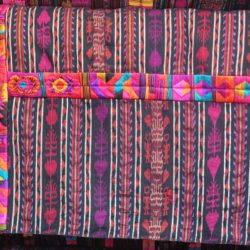
textiles4
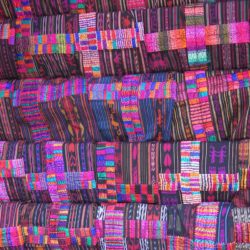
textiles12
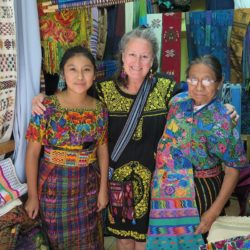
tiastephanie
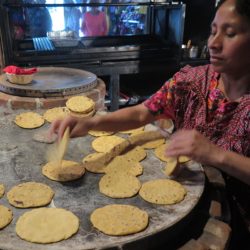
tortillas-making
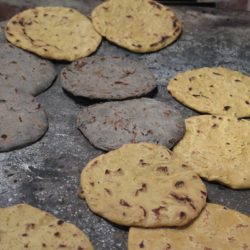
tortillas
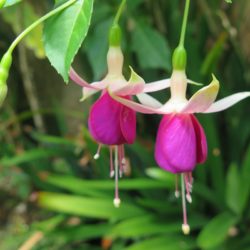
two-flowers
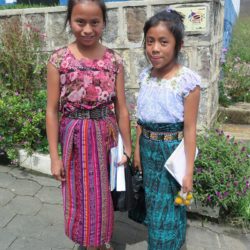
two-little-girls
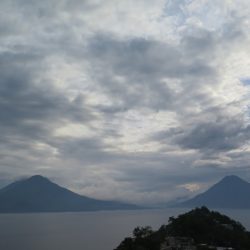
two-mountains
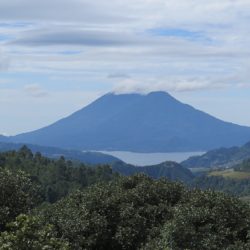
volcan
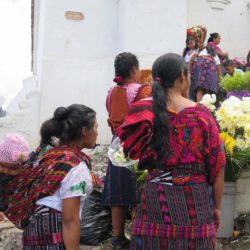
women